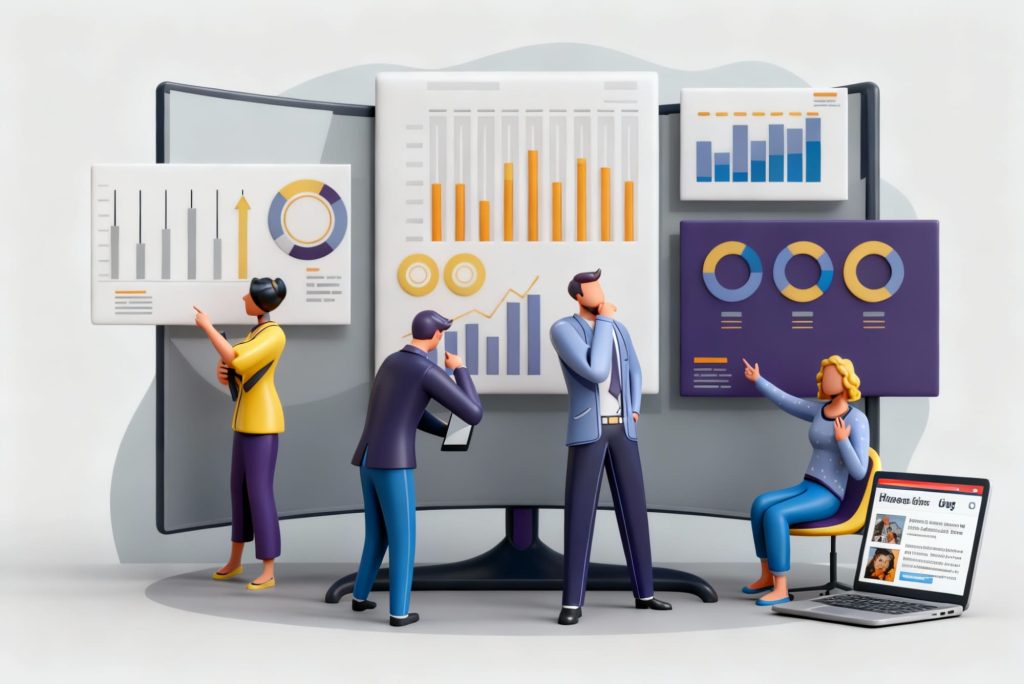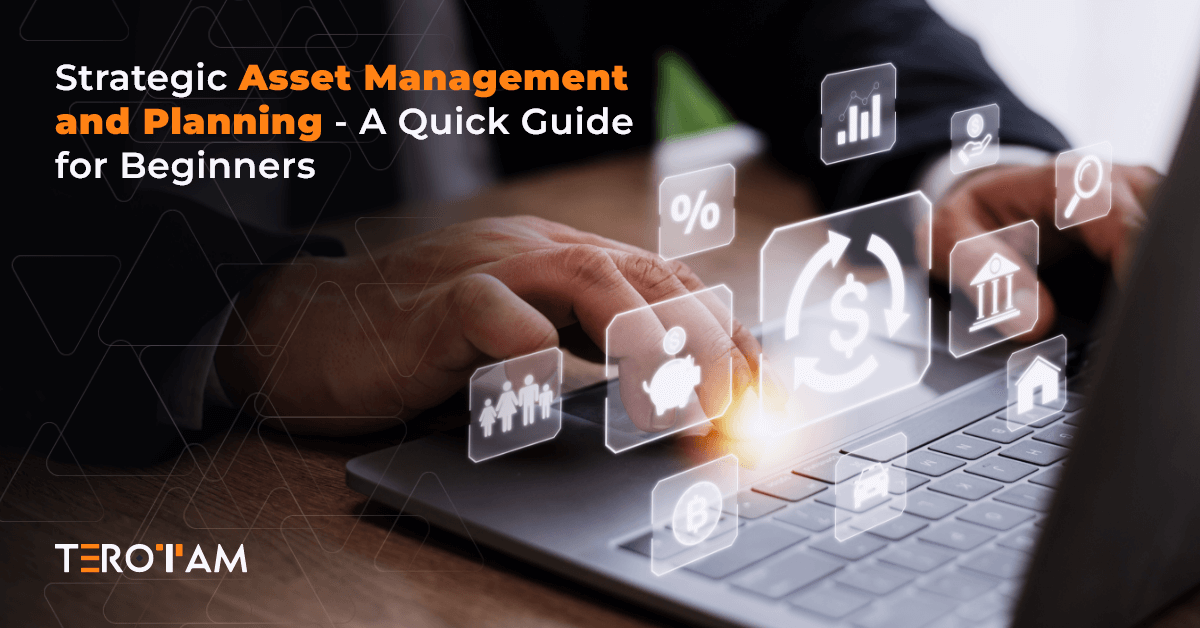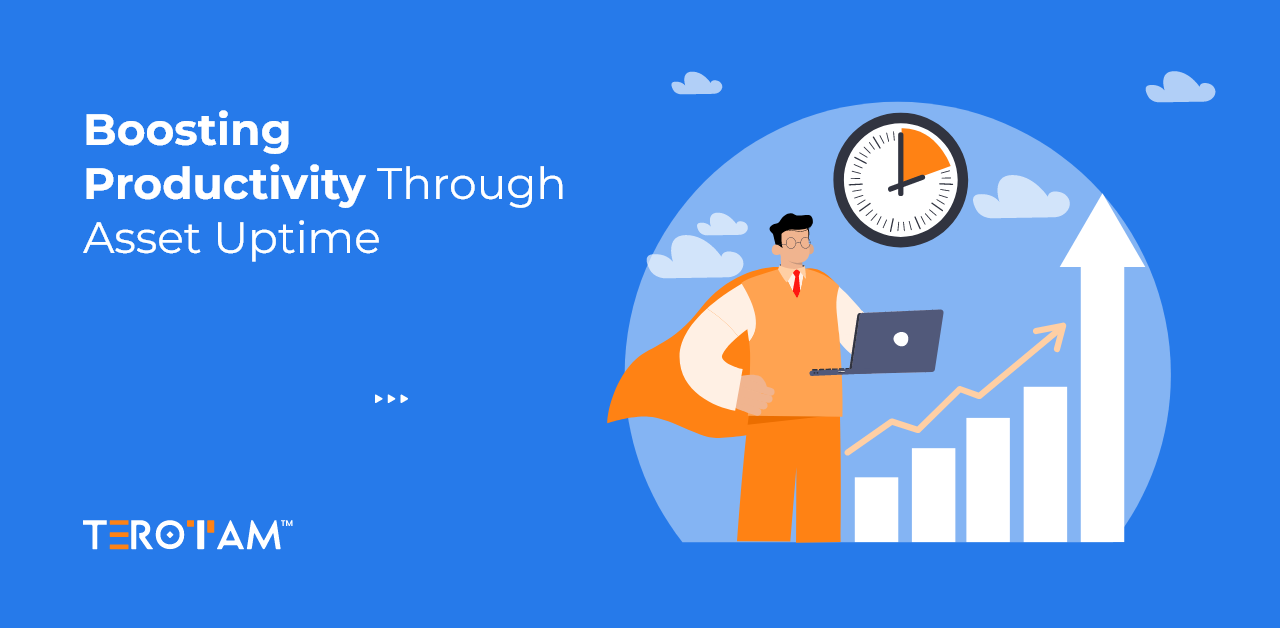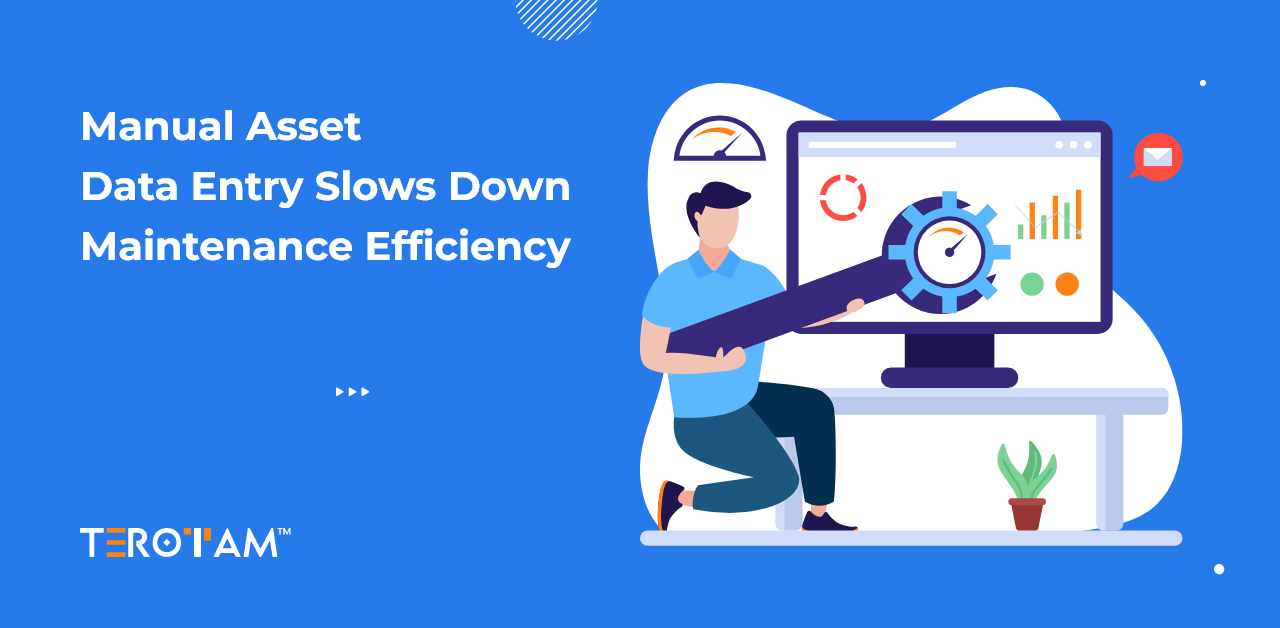Proper asset management is a must-have if your business manages numerous assets and significant equipment if you want to maintain an overview. What kind of assets do you have? What are the costs involved with them, and how much are they worth? What equipment generated the most downtime and how frequently were your assets repaired? If you are unable to respond to these inquiries right away, your asset management plan may need to be improved. In order to have a better, more comprehensive understanding of your equipment and take advantage of all the advantages that come with asset management, read this article to learn what an asset management plan is and how to develop a successful asset management policy for your company.
What Is Strategic Asset Management and Planning (SAMP)?
Develop an asset management strategy that your business and employees can use if you want to maximize your company’s success and reduce the risks related to your equipment. Instead of making plans for immediate needs and budgets, strategic asset management, or SAMP for short, creates a framework for the long-term management of your assets. Your strategic asset management should take your goals into account if you have a plan for where you want your business to be in 5, 10, or 20 years.
What Is the Importance of Strategic Asset Management and Planning?
An efficient asset management system is built on planning for asset management. A roadmap for a successful asset management system is provided by asset management planning. It helps in getting the most physical value out of assets with the least amount of maintenance costs. With good asset management planning, you can determine what features are absolutely necessary for the program to have in order to achieve optimal efficiency.
Planning for asset management can be useful in extending asset life so that output can be increased. To achieve this objective, though, precise preparation and a strategic approach are necessary. Asset management planning outlines vital activities that must be avoided as well as how to carry out crucial tasks. Relationships and interdependencies are also identified during this phase to ensure that work is not impeded and that there is never any confusion.
Asset management planning, to put it simply, is the design of an asset management system that aids businesses in modifying, investing in, and updating asset management systems.

6 Reasons Why Your Business Needs Strategic Asset Management and Planning
1. Sustain with Single Package Simplicity and Scalability
To operate on any data, on any cloud, everywhere, intelligent asset management requires a straightforward, safe data architecture and an open, extensible asset management platform.
2. Be more aggressive
Implementing industry best practices, such as more environmentally friendly operations, is made simpler by intelligent asset management. Asset Management solutions can combine AI, weather data, climate risk analytics, and carbon accounting capabilities, allowing businesses to spend less time organizing this complicated data and more time deriving insights from it and acting on them.
3. Automate and orchestrate your processes
The goal of intelligent asset management is to automate business operations. This improves uptime, productivity, and costs by streamlining asset maintenance and management to eliminate bottlenecks and manual labor.
Companies are utilizing integrated workplace management systems that employ data, IoT, and AI in the field of building and space management. These technologies support businesses in creating a secure, adaptable work environment, boosting employee engagement, and enhancing operational effectiveness.
4. Connect to the business
Building an enterprise operations system that controls company operations, finances, and production at all levels of an organization, from the C-suite to the frontline, as well as along the supply chain, is known as intelligent asset management. Oil and gas firms must always create new ways to monitor, manage, and maintain assets while keeping personnel safe due to shifting economic and legal constraints.
5. Create value to expand your business
By improving asset availability and reliability, intelligent asset management aids in revenue growth. For some tasks, autonomous vehicles are used by mining corporations. To maintain the asset’s proper operation, the equipment can be remotely monitored, perhaps from halfway around the world. This allows for the monitoring of oil pressure or temperature. Robots in deep mines can work continuously, reducing the chance of injury from dangerous situations like fire, water, collapse, or poisonous air contaminants.
6. Create AI capabilities without data scientists
Intelligent asset management incorporates asset data into no-code and low-code applications for visual inspection, remote asset monitoring, and predictive maintenance eradicating content silos to enable visibility across the business, all without the requirement for data scientists.
How Can the Adoption of Strategic Asset Management and Planning be Accelerated?
1. Align your business goals with your Strategic asset performance management program
APM might have an impact on it whether your company wants to guarantee legal compliance, cost reduction, or uptime. Choose the APM value lever that most satisfies your corporate business objectives, maps it with your targets and metrics, and then put your program into action. You can construct your program and create targets by utilizing our ability to undertake industry-wide performance benchmarking.
2. Evaluate risks and give priority to assets
Not all assets are made equally. There is actually a subset of assets that you can concentrate on to make the largest impact if you are like many of our customers. Setting focus based on the largest business risk is essential, whether it’s a specific facility, asset type, manufacturer, or industry regulation.
3. Employ asset management techniques to reduce risk
Once you are aware of the risks connected to your assets, you need to develop a plan to minimize those risks as cheaply as possible. We observe customers undertaking maintenance far too frequently which does not reduce risk, which ultimately raises costs. Even worse, we observe possible failure risks that are not being mitigated by maintenance or monitoring. This increases the risks to people and the environment while also putting your company at risk of unscheduled downtime and regulatory scrutiny.
4. Keep an eye out for new threats, manage them, and stop failures.
Knowing what changes are taking place and how they could affect risk is crucial once an ideal plan has been identified. Aging assets, a workforce in transition, and constantly shifting operational and market situations can all quickly change risk curves in industrial settings. Putting the right asset strategy in place as soon as possible is crucial, but true strategy optimization also requires that it be dynamic, aware, and intelligent.
5. Establish governance and visibility for Strategic asset performance management
To fully activate an APM program and ensure its ability to create value, it is crucial that the business has total insight into all risks, how they are being managed, and what threats are emerging. The best aspect of this stage is that APM software does the hard work through industry-standard metrics, health indicators, and dashboards while also providing measurement and status.
How TeroTAM Improves Your Strategic Asset Management and Planning?
Your asset management can be considerably aided and enhanced by a system or piece of software. Your assets will be tracked by a computerized maintenance management system (CMMS) like TeroTAM. With just a few easy clicks, you can easily import any existing equipment onto the platform and log your runtimes, breaks, repairs, or GPS coordinates.
All employees may use TeroTAM after only a brief introduction because it incorporates asset management, maintenance management, and work order management into one platform. Additionally, it is cloud-based and completely mobile-compatible, enabling your operators, drivers, supervisors, and office personnel to operate from any location while the analytics tools give the most crucial data for your decision-making process.
TeroTAM’s Asset management solution allows you to save all of your most crucial documents in one location that is simple to find. This includes photographs, videos, invoices, custom checklists, and warranty information relating to your equipment.
Looking to get more insight on how TeroTAM CMMS can help you achieve Strategic Asset Management in your organization, schedule your appointment now with our experts or write back to us at contact@terotam.com and be rest assured about your streamlined strategic asset management implementation.








